Start-ups develop smarter uses for straw
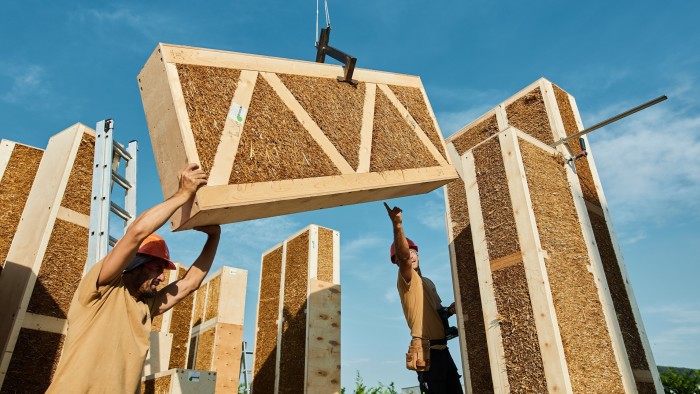
Simply sign up to the Sustainability myFT Digest -- delivered directly to your inbox.
Despite climate change, Covid and war in Ukraine, the world’s cereal farmers have kept on delivering: the UN’s Food and Agriculture Organization estimates that 2022-23 production will be just under 2.8bn tonnes — a little down from the previous year, and a little up from the one before that.
But that yield comes with a lot of low-value byproduct. The sheer volume of straw — the stalks of wheat, barley, rice and other crops — produced during harvest poses a challenge for farmers worldwide. Some of it is used for animal bedding; some of it is ploughed into the soil; some of it is baled and stored. And some of it is simply burnt, whether legally or not, producing carbon dioxide and lung-clogging smoke particles.
Now, though, a new generation of construction start-ups is proposing smarter uses for all that straw. If successful, their efforts could help reduce greenhouse gas emissions and — provided policymakers do more to encourage greener building — create a second income stream for farmers.
Building with straw may evoke the image of a furry aggressor and three unlucky pigs but designer Jonathan Davies, who works with UK straw bale construction company Huff and Puff, says it is a surprisingly robust material. “You don’t have to have a little straw hut,” he says. “You can, in fact, build something that delivers an exemplary level of energy efficiency.”
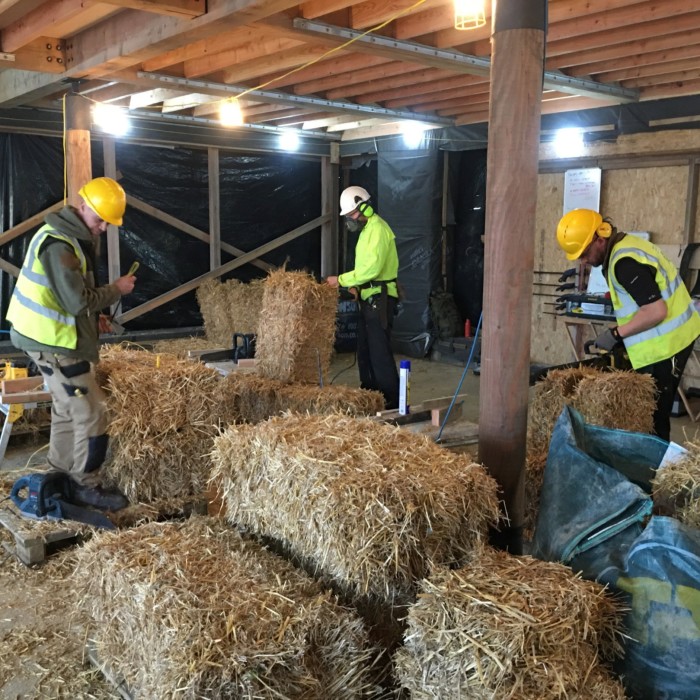
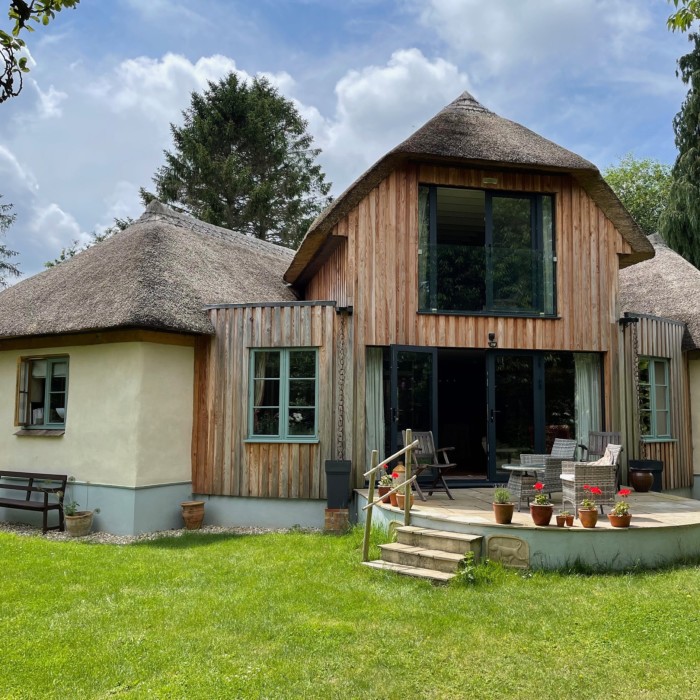
Established in 2013, Huff and Puff designs and advises on straw bale houses, which it says are both more sustainable and slightly cheaper to build than the brick and cement equivalent, and offer substantial energy savings in the long run because of straw’s insulating properties. It also notes that straw bale construction has a long pedigree, having been used since the 19th century in the US Midwest, with some early structures still standing.
Davies, who teaches sustainable architecture at Arts University Bournemouth, consulted on Parc y Rhodyn, a self-build house in rural west Wales. Built in 2020 using timber-framed panels of compressed straw, it was shortlisted for this year’s Passivhaus Awards, which recognise high-performance sustainable housing.
Parc y Rhodyn’s prefabricated panels came from Lithuania-based company EcoCocon, which was founded in 2008. One of its first UK customers was George Mikurcik, a designer at sustainable architectural practice Architype, who used EcoCocon’s panels for his own home in 2016.
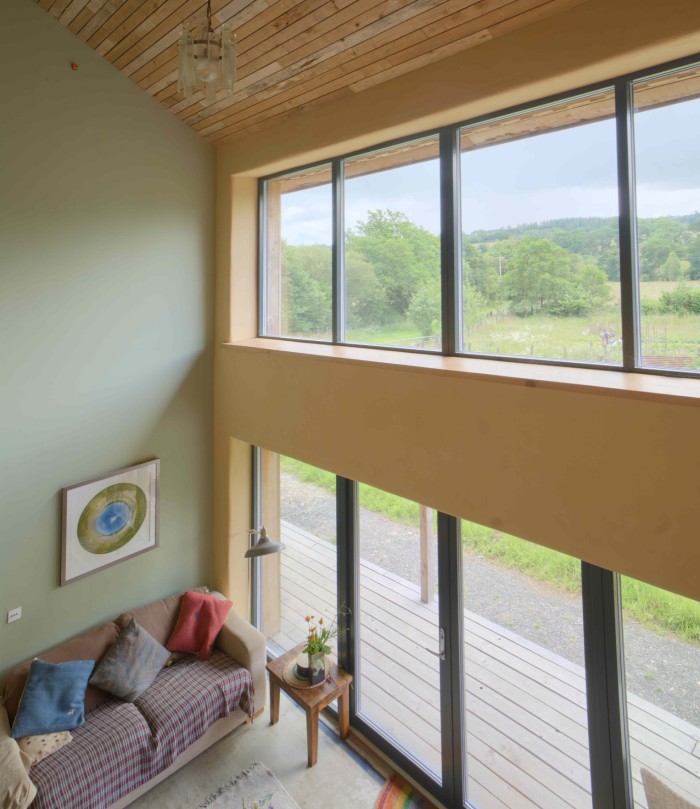
“The actual process of construction is really quick,” he says. “The external walls of our house went up in three days. It’s basically like building with giant Lego blocks.”
Mikurcik, who is also an EcoCocon representative, says the panels’ insulating properties have slashed his energy bills. “It stores heat in the winter and keeps you cool in summer,” he says, adding that straw’s abundance could allow houses such as his to be mass produced. “We could build tens of thousands of houses every year,” he says.
UK company Agile Homes, founded by industrial chemist Linda Farrow and architect Craig White, likewise favours prefabricated panels. “Chopped straw allows for a number of improvements over bales,” White says. “We can vary the thickness of walls more precisely to balance density, thermal performance and carbon capture.”
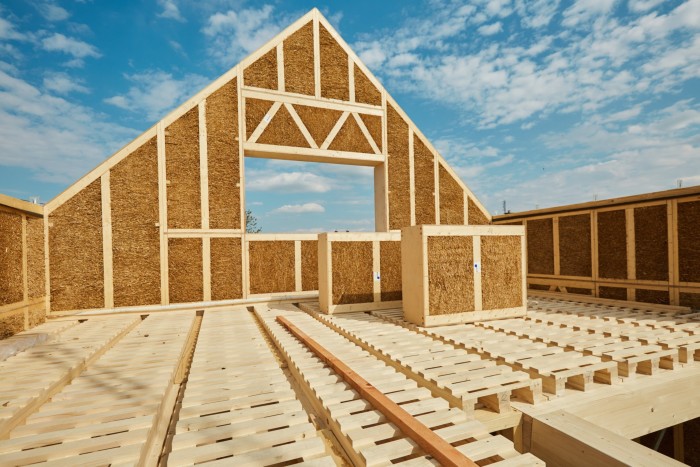
Agile has developed a moveable, one-bedroom home that it calls ‘Tam’, which is designed to meet housing needs quickly and affordably. “It is not a caravan or mobile home,” White says. “But it . . . encompasses the general housing need to end homelessness.” The company also points out that its houses do not require concrete foundations, significantly reducing their carbon footprint.
Pete Walker, a professor in the department of architecture and civil engineering at the University of Bath, thinks that prefabrication is the key to greater use of straw. He says: “People have recognised, in the last 10 to 20 years, that, if you want to try and upscale straw bale construction, then moving towards some form of prefabricated construction is the way to go.”
He notes, however, that the UK lags behind other European countries in its use of straw. “In France, they have encouraged and supported the use of biobased building materials,” he points out. “The number of straw bale buildings in France now numbers quite a few thousand, whereas [in the UK] it probably still numbers a few hundred.”
Straw’s uses are not confined to construction, either. Other start-ups are exploring its potential as a source of paper and packaging, reducing the need for wood pulp and plastics.
Among them is Tensei, founded by UK entrepreneur Annabelle Cox in 2016. Trained as an architect, Cox is also the owner of Scin, a materials consultancy, and recalls the “zeitgeist moment” when a young researcher showed her a book printed on straw paper.
“The first harvest is the food products that we grow,” Cox says. “The residue — the straw, the fruit skin, the pit stone — [is the second]. It’s surplus and it’s available annually.”
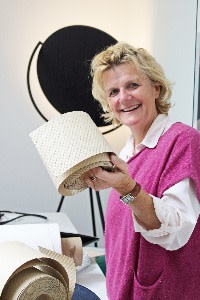
At Tensei, she and her team have developed straw-based paper and board that can be used to package food and luxury goods, and have created a database of non-wood fibres — including those from other types of food waste — to facilitate further development. The company says its aim is to reduce the use of virgin wood fibre, so helping to reduce carbon dioxide emissions.
But one obstacle is finding facilities that can pulp straw in volume. “From our current research, we could only find one independent wheat pulp mill in Europe and that . . . only makes 4,000 tonnes a year,” Cox explains. Consequently, “about 92 per cent” of Tensei’s straw comes from China and India.
Yet Cox remains optimistic about the prospects for businesses such as hers. “These are the materials for the low carbon economy,” she says. “This [is] an exciting time, beginning to help us find value in something we’re growing day in, day out.”
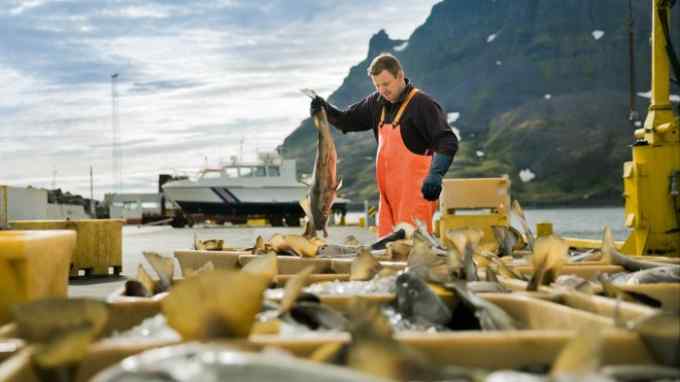
Comments